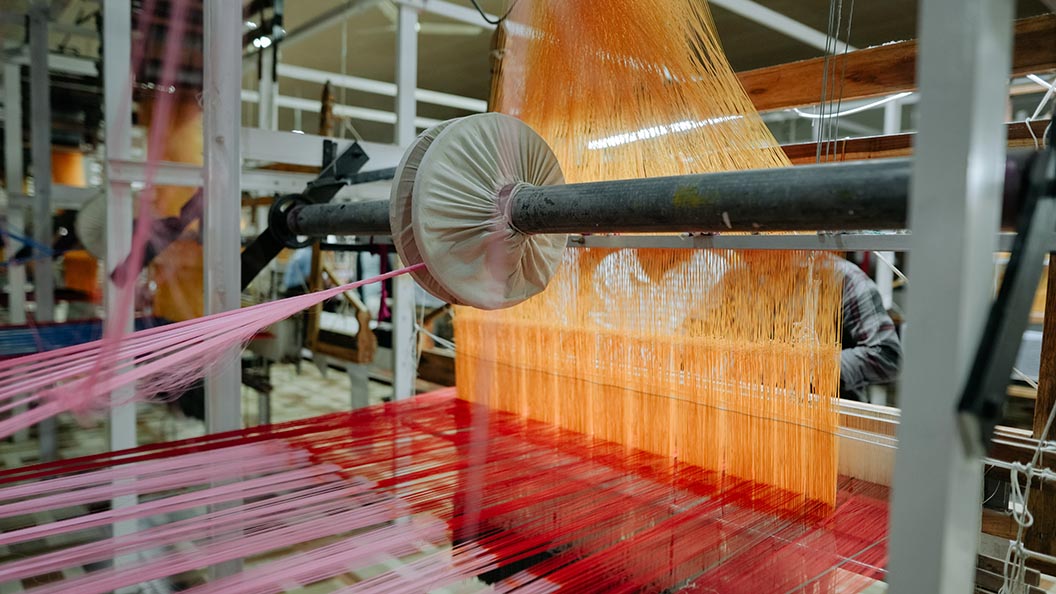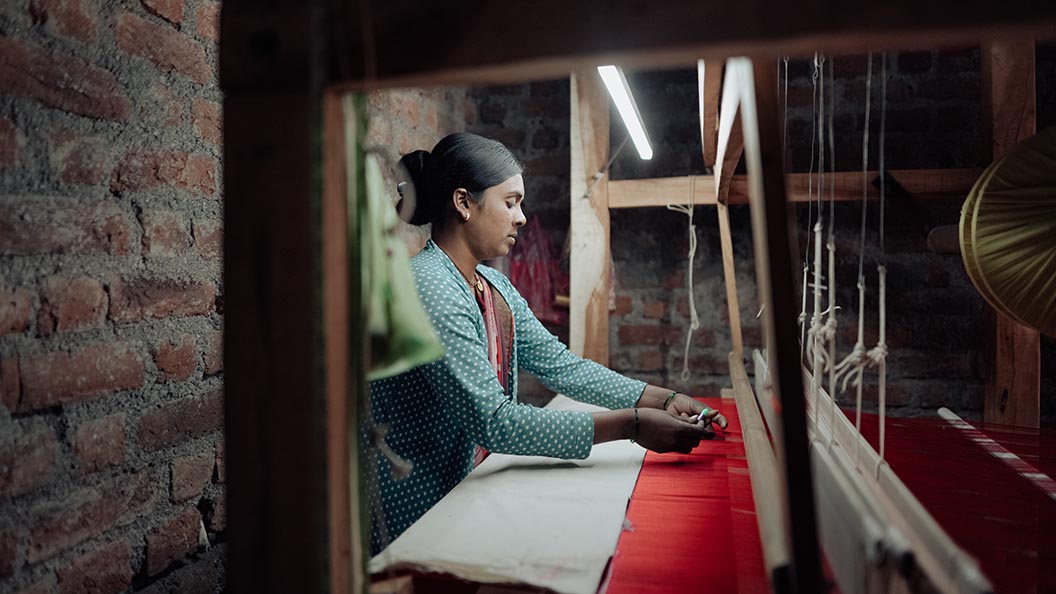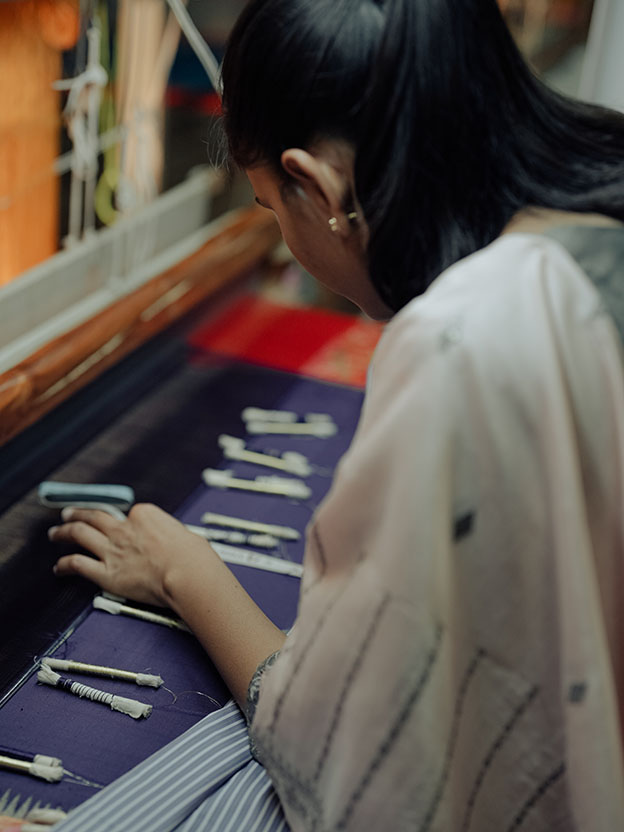THE CRAFT
Paithani Sari

From the state of Maharashtra

Paithan, Maharashtra
Paithani, a handwoven sari from Maharashtra’s Aurangabad district, represents two big ideas. The first, its history through two millennia across three ruling dynasties — the Satvahanas, Yadavs, and Marathas. On the other hand, its technique of weaving, closest to the Kani of Kashmir. Visually, Paithani embraces vivid hues, decorative gold borders, and a pallu with floral and architectural motifs, especially munia (the parrot). The textile tradition varies across Yeola in Maharashtra, Chanderi, Patan, Banaras, and Narayanpet.

Heritage Value
Paithan (once known as Pratisthan) is an ancient town located on the north bank of the Godavari River. It was once the capital of the erstwhile Satavahana Kingdom. While the name of town gives the weaving style its name, the pattern of the border and the pallu is the distinction of a Paithani weave.
The use of a unique double-interlock tapestry weaving in Central, South, and West India became known as the Paithani. It became the top choice for bridal and festival wear by Hindu Maharashtrian women, who wear it as the nine-yard sari. In Peshwa as well as Mughal rule, men also wore Paithani patkas or waist sashes. The Deccan rulers patronised Paithani in the early 17th century. They would commission weaving in cotton, silk, and metallic yarns depicting golden borders. The motifs would include geometrical motifs or those of birds and flowers.
The body of the sari is handwoven on pit looms without the use of extra weft-forming figures. The pallu and border are crafted using tapestry weaving techniques, dove-tailing, and double-interlocking methods. Paithani weaving is long, slow, and requires dexterity. It can take weeks to even months to complete even a contemporary sari, which is then adorned with peacock, lotus, swans, and even ancient architechture spotted even today in Paithan. Yeola near Nashik is currently a commercial hub for contemporary Paithani saris.
The use of a unique double-interlock tapestry weaving in Central, South, and West India became known as the Paithani. It became the top choice for bridal and festival wear by Hindu Maharashtrian women, who wear it as the nine-yard sari. In Peshwa as well as Mughal rule, men also wore Paithani patkas or waist sashes. The Deccan rulers patronised Paithani in the early 17th century. They would commission weaving in cotton, silk, and metallic yarns depicting golden borders. The motifs would include geometrical motifs or those of birds and flowers.
The body of the sari is handwoven on pit looms without the use of extra weft-forming figures. The pallu and border are crafted using tapestry weaving techniques, dove-tailing, and double-interlocking methods. Paithani weaving is long, slow, and requires dexterity. It can take weeks to even months to complete even a contemporary sari, which is then adorned with peacock, lotus, swans, and even ancient architechture spotted even today in Paithan. Yeola near Nashik is currently a commercial hub for contemporary Paithani saris.

Memory Vault
In October 2023, a unique exhibition titled “Kath Padar: Paithani and Beyond” was held in Paithan. The TVAM Foundation was arranged this at the Shri Balasaheb Patil Government Museum. This exhibition brought together the first-ever such rendering of historical Paithanis. The collection came from state-run museums in Maharashtra, as well as unseen pieces from private collections. The programme was to inform, educate, and sensitise local viewers and weavers about the antique aesthetic of tapestry weaving. Visitors learnt of its historical legacy, that moves from archaeology to politics inside royal households and the persistence of gold yarn from the 17th to 19th centuries.
Disclaimer:
Any information on this page is anecdotal and based on publicly
available details. If you're interested in learning more,
click here.